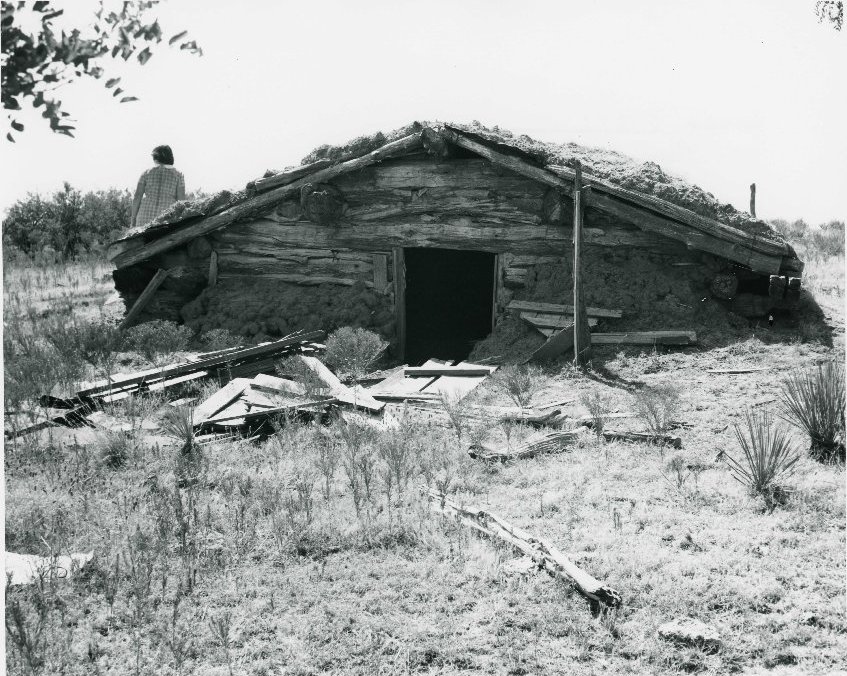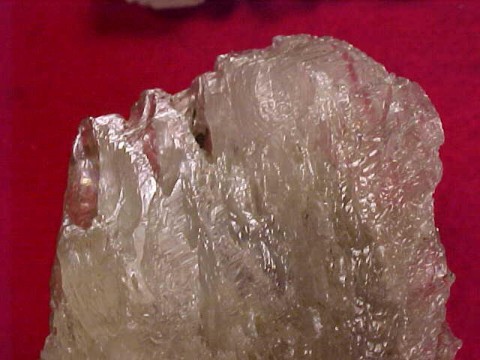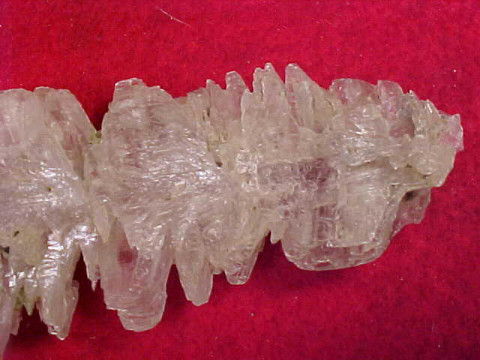Mayfield Dugout

Mayfield Dugout (41 BI 52) located in Briscoe County along a tributary of Rock Creek is typical of the dugouts constructed on the plains in the late part of the 19th century. Smith (1938: 54) describes two kinds of dugouts common to the area--a plains type (built on flat land and essentially a roofed-over pit) and a broken country type (built into the wall of a slope or draw with the front part of logs.) Sometime this latter form, of which Mayfield is an example, is called a half dugout.
It was built into the bank of a draw. Construction was begun by excavating into the bank the size pit needed. The walls of the pit, which constitute the lower half of the living area, were lined with rocks. An upper part of horizontally laid logs were added to form the remaining section. The interior, stone-lined walls were originally covered with a mud plaster and the log part of the wall chinked and plastered as well. Three long beams, parallel to the long axis of the structure and sunk into the bank form the superstructure for the roof. A central post supports the center beam (see schematic drawing). Logs placed across the support beams and covered with sod make up the roof. A flue is located at the rear of the room. The roof banks into the side of the draw and at the rear is about three feet above ground. Interior dimensions of the Mayfield Dugout are approximately 15' x 20'. The height of the ceiling is about 8' to 9'.
The Mayfield Dugout (41 BI 52) was constructed in 1889. Since that time, it has been lived in and then preserved by members of the family who built it. In fact, Mr. G. Mayfield and Mr. Alive Mayfield, local ranchers, were born in the dugout.
This architectural form common to the plains, was the response to the immediate environment by the settler. Lack of timber in this area made this the most expedient and least costly type of construction to undertake. Furthermore, the unpredictable and frequently violent weather made it practical.
Mayfield Dugout is one of the few remaining examples of this formerly common type of shelter for the plains and is certainly one of the best preserved. A recent survey of this area (Malone, 1970) located only two other examples, both ruinous, of this kind of structure. A dugout has been moved to the Ranch Headquarters Museum, Lubbock, and one has been reconstructed at the Square House Museum, Panhandle. Thus, Mayfield, retained in its original setting, is enhanced even more in its historical and architectural value.
References
MacMillan, Edward L. (1995). The Cowboy, Product of His Environment. West Texas Historical Association Year Book. West Texas Historical Association, Abilene.
Smith, Ruly L. (1938). Early Development of Wilbarger County. West Texas Historical Association Year Book. West Texas Historical Association, Abilene.
Bibliogrpahy on file in the National Register.
Selenite Crystals from Briscoe & Swisher Counties
 |
 |

